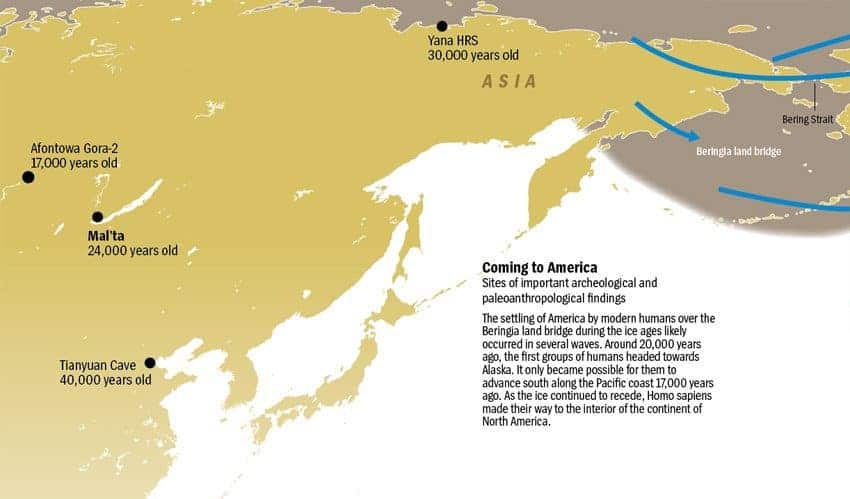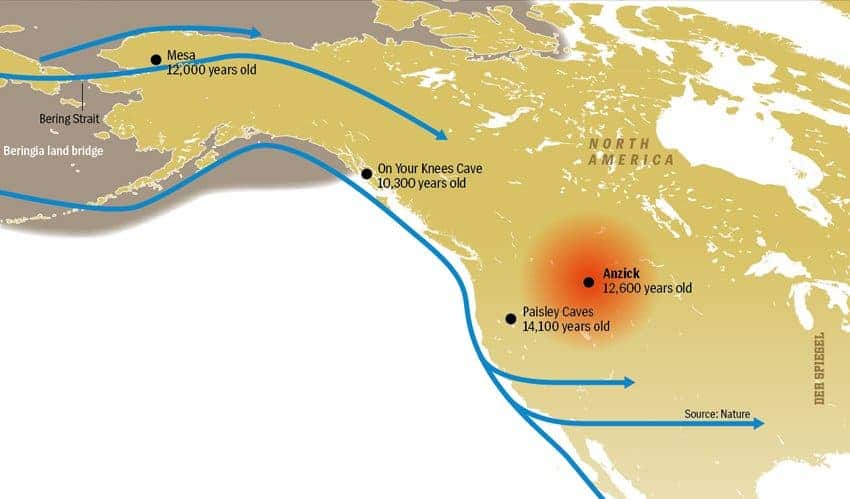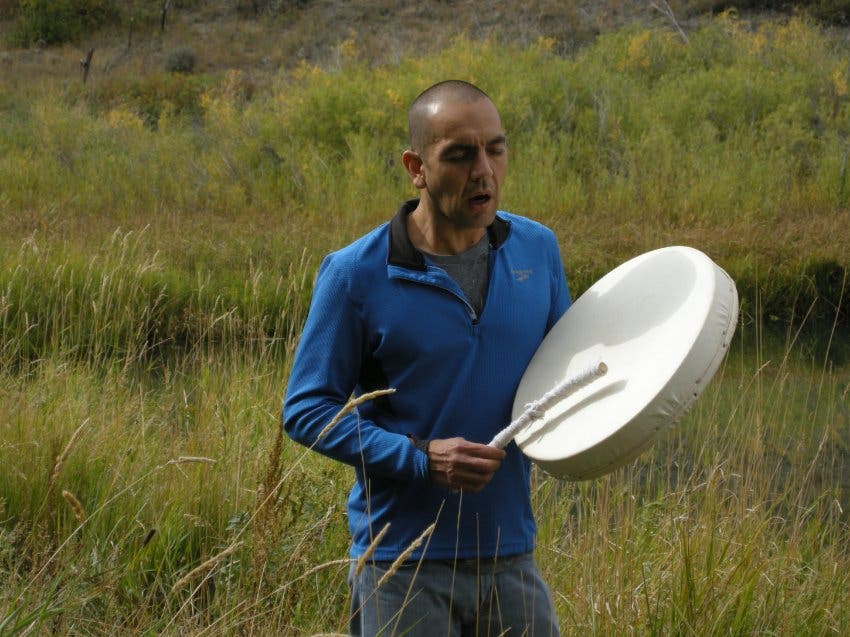When researchers wanted to conduct DNA analysis on the remains of a Stone Age child, Native American tribes met the idea with opposition. However, after a period of discussing and explaining, despite general resistance, representatives of tribes in the US recently gave their blessing for the DNA analysis. The results were fruitful, as the boy’s genes showed that North Americans have European roots.
He must have been a very special boy; archaeologists have no idea who he was or what made him so special, but he must have been, since he was buried in such a fashion. The boy was sprinkled with celebratory red dust and given distinctive stone artifacts for his spiritual journey. The boy, who lived some 12.600 years ago, is believed to have been part of the Clovis Culture – a remarkable prehistoric Paleo-Indian culture, named after distinct stone tools found at sites near Clovis, New Mexico. They are the ancestors of over 80% of North American populations. It was one of the earliest New World groups, disappearing mysteriously a few centuries after the child’s burial in present day Montana.
The boy was considered sacred by several tribes, so it’s easy to understand the resistance of the people when research was proposed. But a team of scientists led by the Danish geneticist Eske Willerslev has analyzed the boy’s origins and discovered that he descends from a Siberian tribe with roots tracing back to Europe – it’s very possible that the boy’s ancestors lived in modern day Germany. Not only this, but they also showed that the 80% of Native American populations stem directly from his lineage.
Late last year, the same team published the decoded genome of another early human: A juvenile buried near Lake Baikal in Siberia some 24,000 years ago. The two genomes showed remarkable similarities. A third of both juveniles’ DNA can be traced to the earliest European; this research is very significant because not that much is known about the genetic lineage of the Native Americans – in part due to their reluctance of allowing scientists to analyze ancient remains. But perhaps this study will be crucial in that manner as well. It may signal a new era for genetic analysis of such ancient remains, overcoming a tradition of resistance from Native-American communities.
“This is righteous science,” Shane Doyle, a member of the Crow Nation, said after learning of Willerslev’s project in September.
This success would not have been possible without the family that owned the land on which the remains were found in 1968. The couple themselves, Mel and Helen Anzick, came up with the idea of having the bones DNA analyzed. The challenge was later picked up by the couple’s daughter, Sarah, herself a molecular biologist who worked on decoding the human genome in the late 1990s – she is a co-author of the article, which was published in Nature.
Journal Reference: The genome of a Late Pleistocene human from a Clovis burial site in western Montana. Nature 506, 225–229 doi:10.1038/nature13025.












